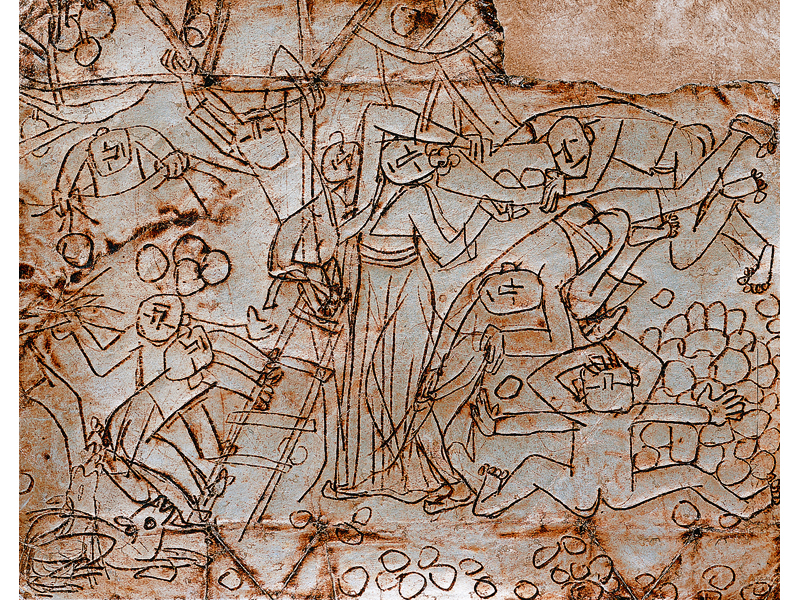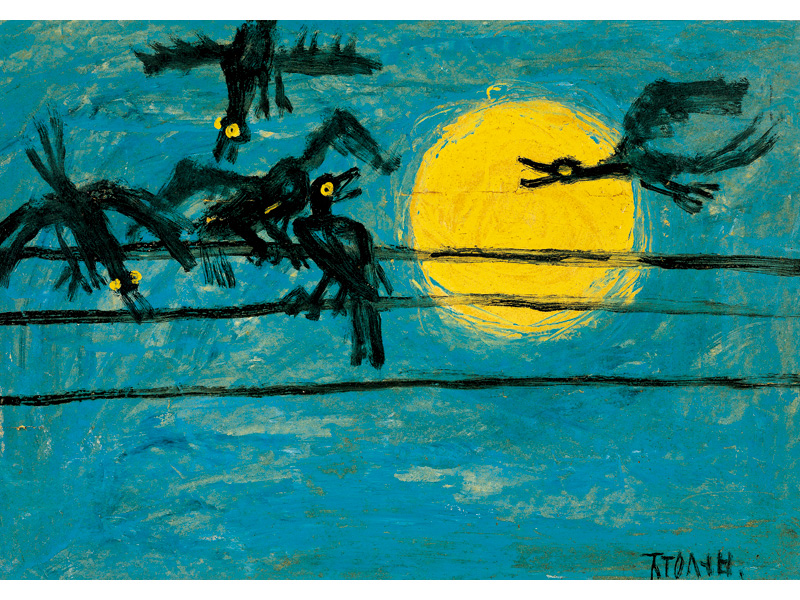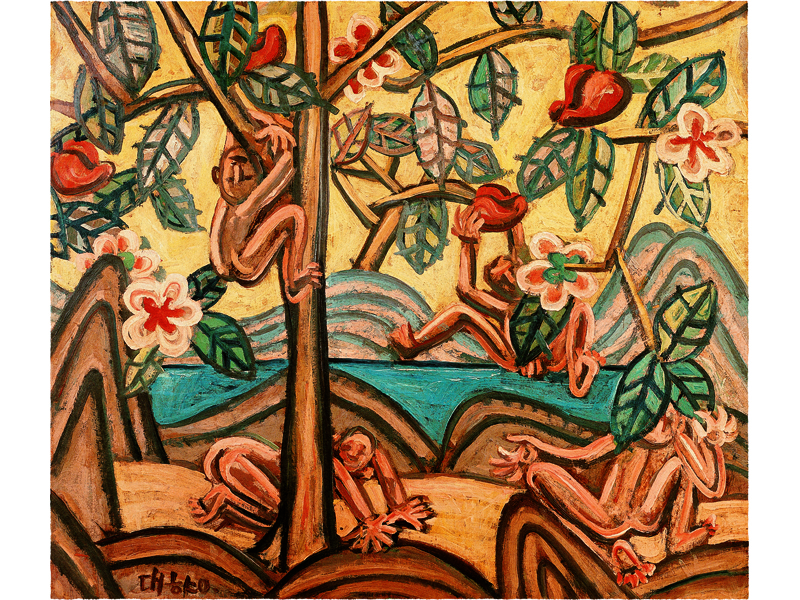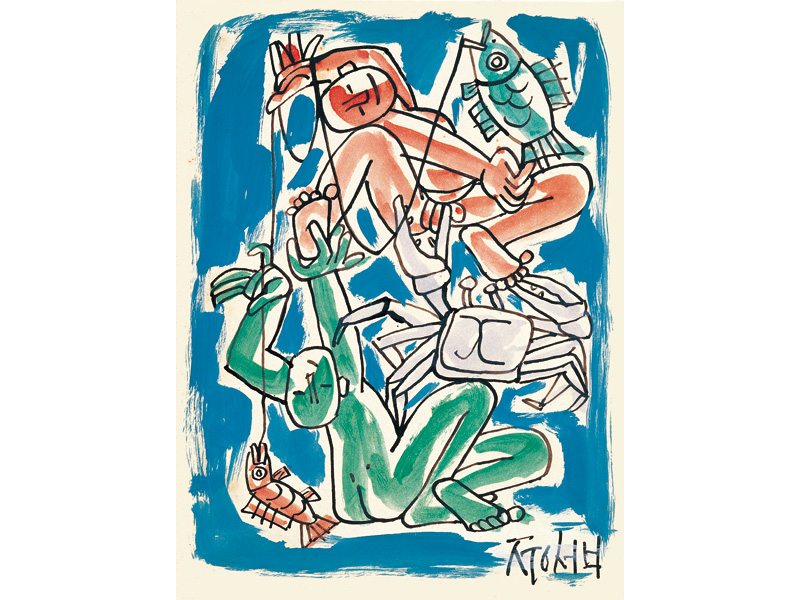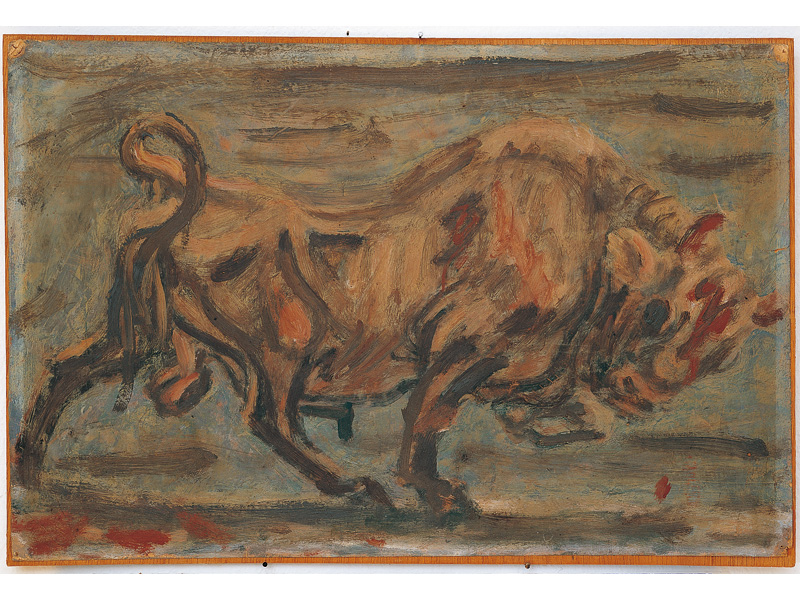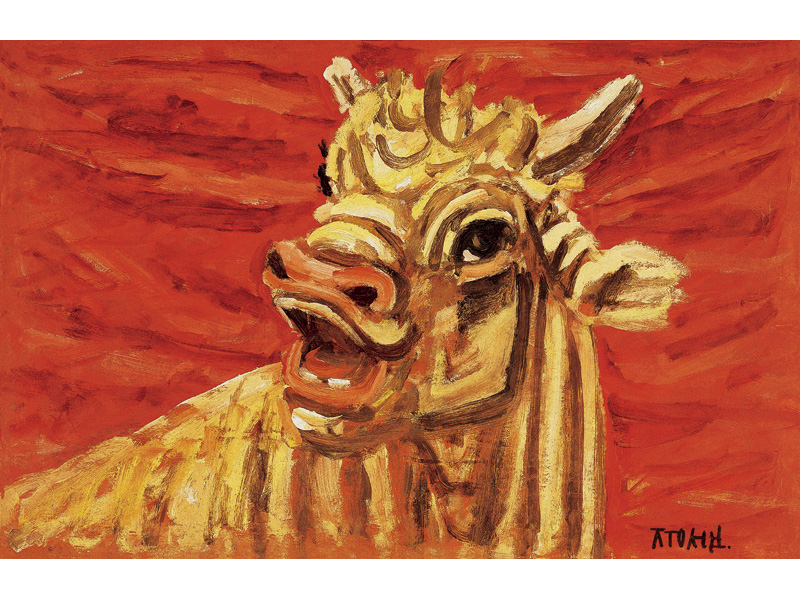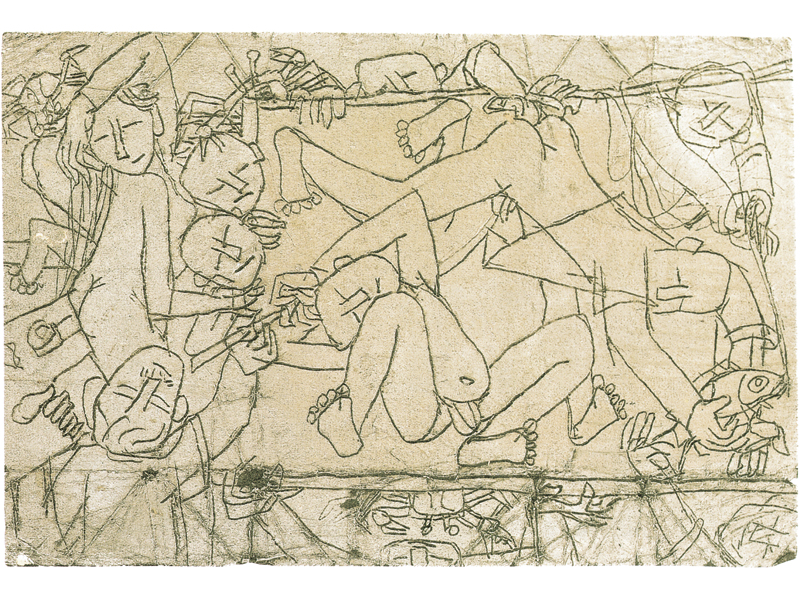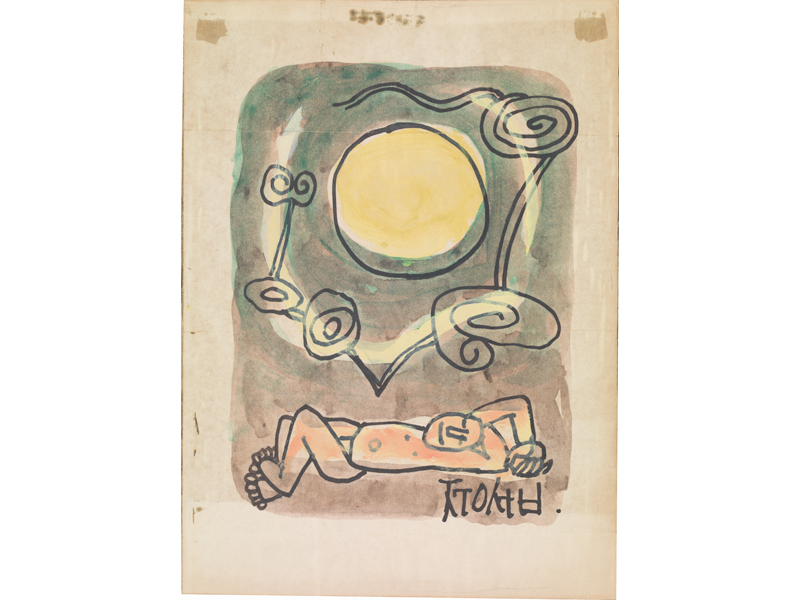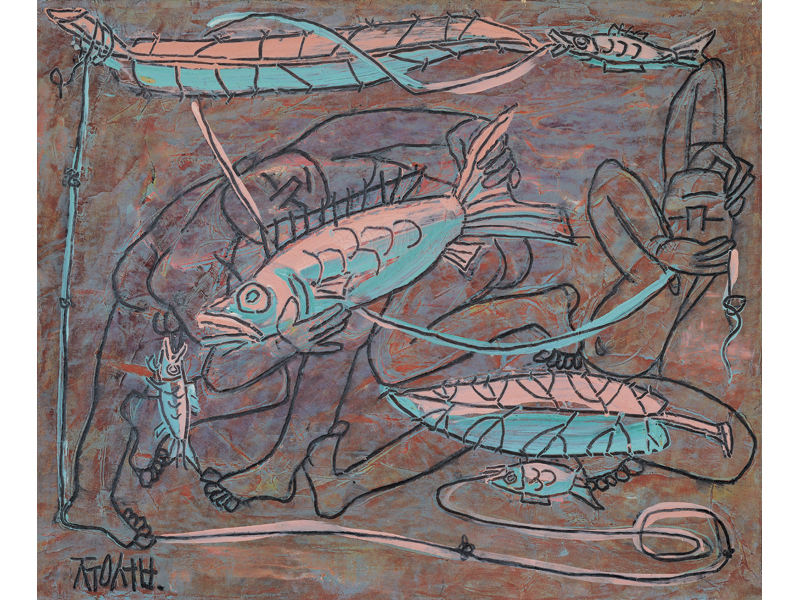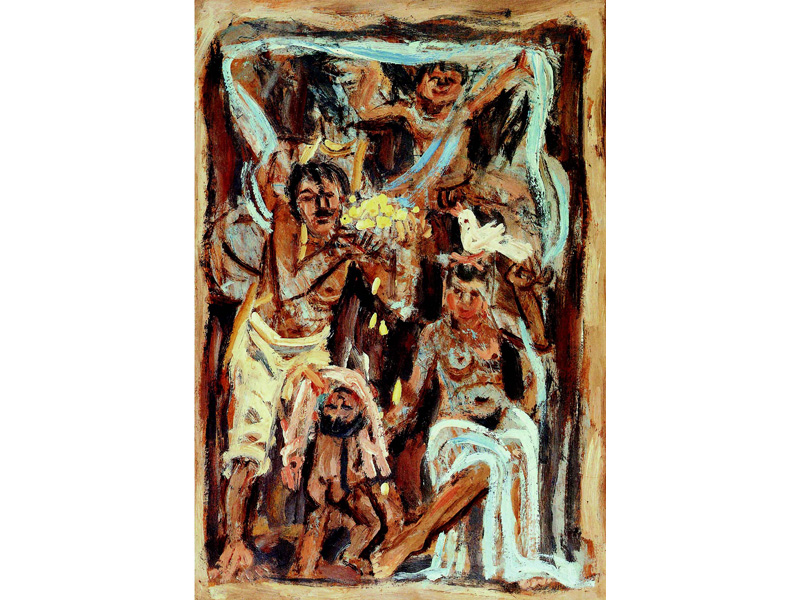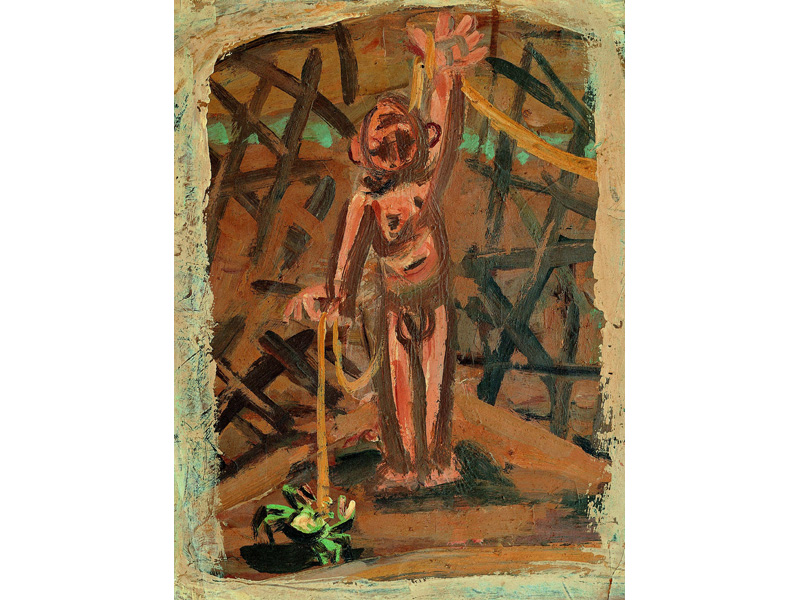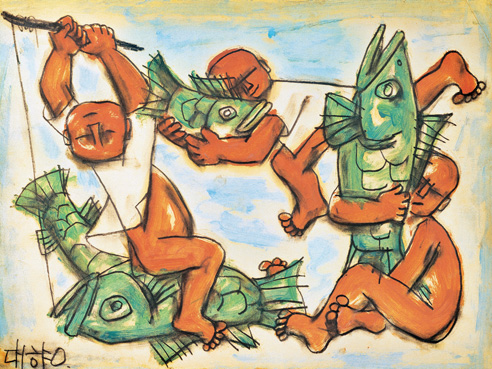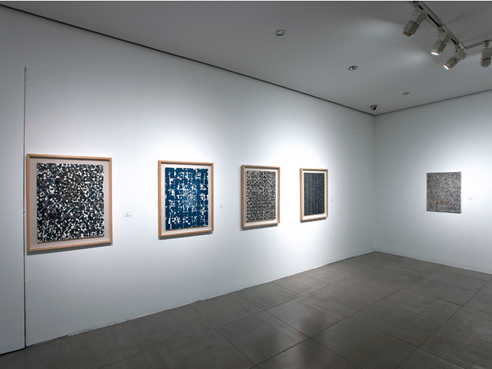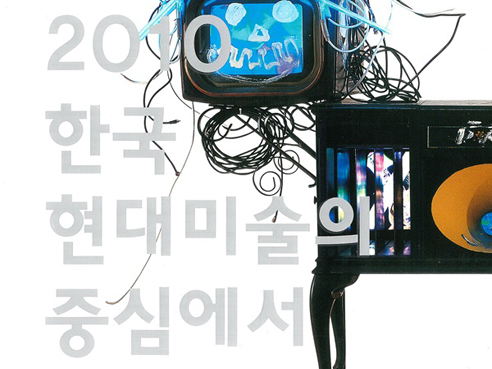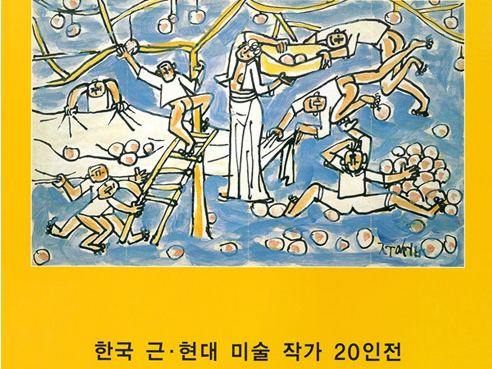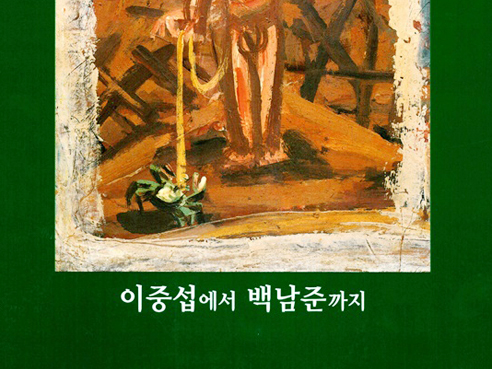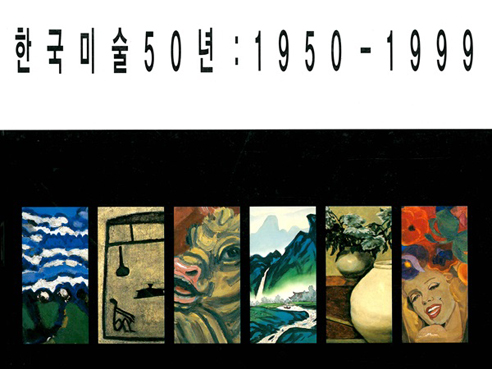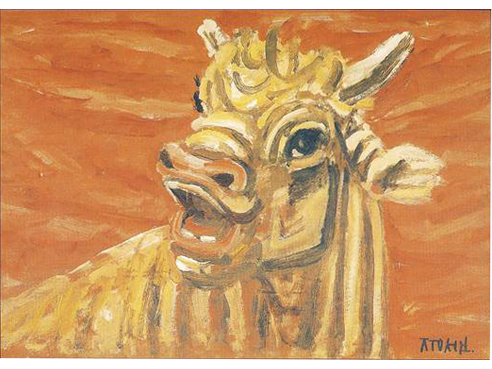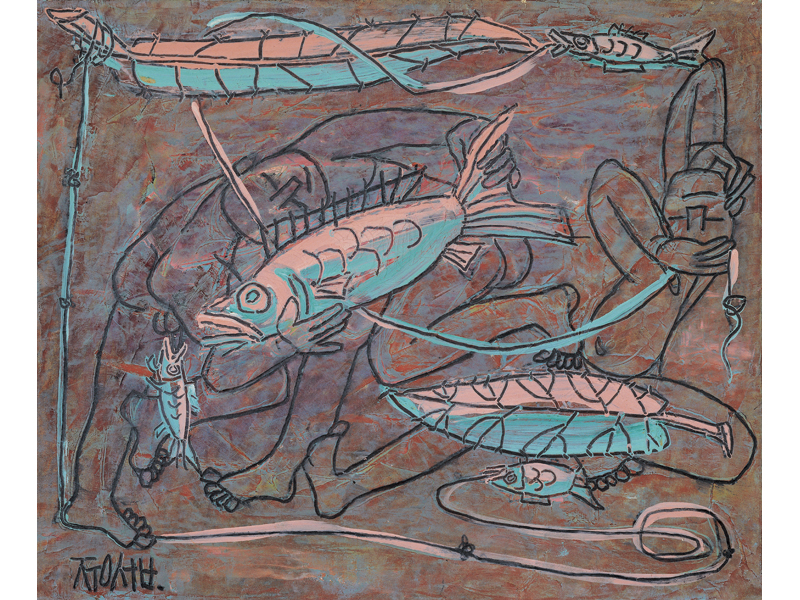LEE Jung SeobFrog and ChildInk and Watercolor on Paper10.5 x 25.7 cmLEE Jung SeobFamily and Children in OrchardIncising and Oil paint on Metal foil on Paper11.5 x 15 cmLEE Jung SeobMoon and Crow1954Oil on Paper29 x 41.5 cmLEE Jung SeobParadiseabout 1953Oil on Paper65 x 76 cmLEE Jung SeobTwo Children with Fish and CrabOil on Paper25.8 x 19 cmLEE Jung SeobBull종이에 유채27.5 x 41.5 cmLEE Jung Seob황소around 1953Oil on Paper32.3 x 49.5 cmLEE Jung SeobArtist Drawing Amidst FamilyRendering on Aluminum lining paper10 x 15 cmLEE Jung SeobFlowers and a ChildOil on paper26.7 x 20.3 cmLEE Jung SeobMoonlight NightInk and Watercolor on Paper17.5 x 13.5 cmLEE Jung SeobTwo children and a crabOil on paper26.5 x 64.5 cmLEE Jung SeobThree Children with FishPencil and Oil on Paper27 x 39.5 cmLEE Jung SeobEunji-hwaRendering on Aluminum lining paper8.5 x 15 cmLEE Jung SeobNo Return River1956Pencil and Oil on paper18.5 x 14.5 cmLEE Jung SeobFamily and Children in Orchard1950s20.3 x 32.8 cmLEE Jung SeobFamily on the RoadOil on Paper29.5 x 64.5 cmLEE Jung SeobChicken with FamilyOil on Paper36.5 x 26.5 cmLEE Jung SeobThree Children with FishPencil and Oil on Paper25 x 37 cmLEE Jung SeobMan treating the Foot1941. 6. 4 Ink and Watercolor on Paper14 x 9 cmLEE Jung SeobGreen Grab and ChildOil on Paper30.2 x 23.6 cm
Related Exhibition
-
2015.1.6~3.1
-
2014.2.5~3.5
-
2010.1.12~2.10
-
2005.12.1~12.11
-
2005.4.6~5.10
-
2004.7.15~12.31
-
1999.11.10~2001.1.21
-
1999.1.21~1998.3.9
-
1972.3.20~3.29






